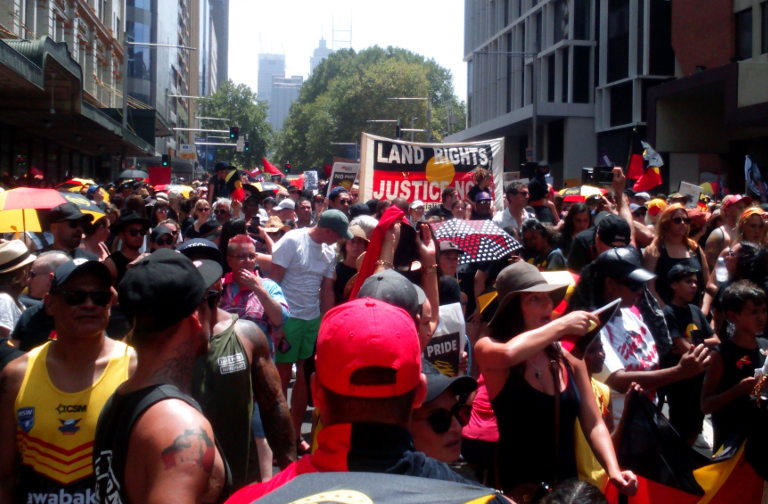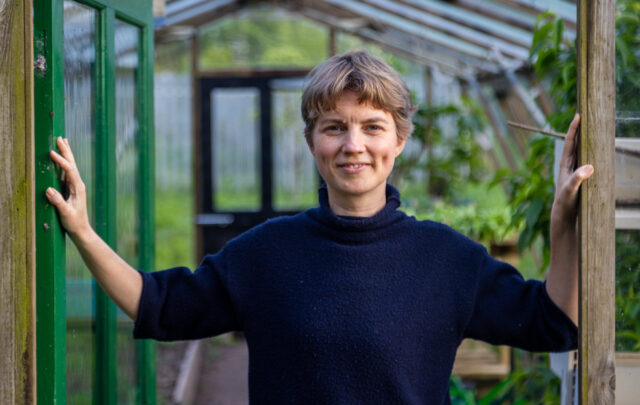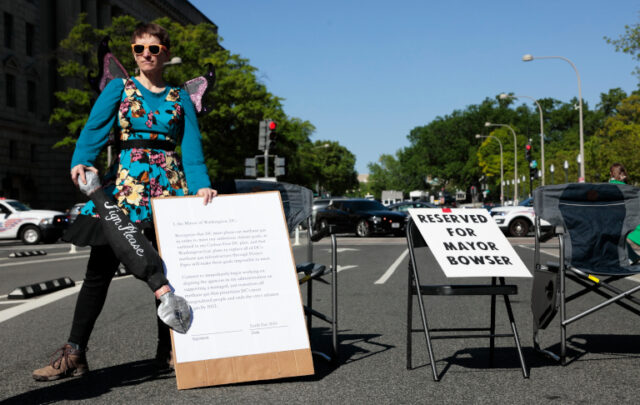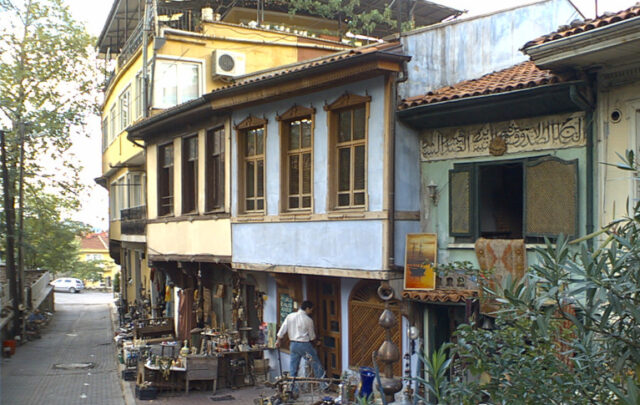What is burning in Australia was written as a response to non-Australian mainstream media articles around Australian bushfires 2019-2020, as well as a reaction to the same topic presented via numerous posts at social media and newspaper articles all around the globe. The text is describing the tight, and to non-Australians mostly unknown connection between fire and the Australian ground by explaining the features of the landscape, the soil and plants, as well as the erased Aboriginal practices of maintaining the land.
It speaks about the lost Aboriginal land and how Aboriginal fire management is of a crucial importance for wildfires in Australia. This is done here by counterpoising the two fundamentally different worldviews that meet in Australia since European settlers arrived there. The text examines palpable historical and contemporary consequences of colonial times on creating a fertile ground for the hazardous bushfires. It tells about background reasons for catastrophic bushfires by learning about the features of Australian landscape, the untold agricultural history of Australia’s First Nations Peoples and political implications of this, originating from the issue of land rights. It affirms that global climate change is only a partial cause of Australian bushfires 2019-2020, and that it is rather a trigger for other primary causes than a root cause itself.
Instead of a conclusion, the text ends with a conversation about the Aboriginal fire management, unknown to the rest of the world and yet extremely precious and interesting, called cultural burning deriving from ten-thousand-year-old Aboriginal practices. The complexity of cultural burning is met here in a practical and a metaphysical sense, through its huge potential in the prevention of new devastating fires in Australia and a potential for creating sustainable communities that are able to co-create with the Earth.
Excerpts from the article
Many of those who have been witnessing the raging Australian fires from the distance were identifying fires with death and apart from climate change, fire was seen as the very cause of death. Fire was represented here as a killer without mercy that rages and torments, and above all, that we should all be afraid of it, because fire equals death and we, in our Western civilization are horrified by death anyway. Since fire is a force of nature, this sends a subconscious message that we should be afraid of nature. People were searching for causes of the unstoppable spread of fires and found one in pyrocumulonimbus clouds[1] that spread fires by creating thunderstorms. In the BBC article[2] published in January 2020, eucalyptus trees were accused of spreading fires as if they were villains without mercy. Discourse used around these fires went completely in the direction of blaming earthly phenomena for the catastrophe. People felt powerless when confronted by these natural forces, panic increased around the topic of climate change and, once again, nature was found guilty and considered to be the one we should all be afraid of. This is a typical reaction to natural forces that derives from Western culture don’t know-how; a profoundly problematic constellation of the perception that nature is something outside of you, an object which one should primarily handle and govern. Nature has been treated as an inanimate object that often misbehaves, while not adhering to the imposed rules and should therefore be restricted in many ways: it should be fought against, limited, redirected, erased, and strictly cultivated in order to obey the anthropocentric order of things.
In his highly appreciated book “Dark Emu”, author Bruce Pascoe elaborates on the attitude toward fire of two different people, and their two different worldviews, the colonial (basically Western worldview) and the one of Australia’s First Nations peoples. He cites Kohen: “While Aboriginal people used fire as a tool for increasing the productivity of their environment, Europeans saw fire as a threat. Without regular low-intensity burning, leaf litter accumulates, and crown fires can result, destroying everything in their path. European settlers feared fire, for it could destroy their houses, their crops and it could destroy them. Yet, the environment which was so attractive to them was created by fire.”[3]
We have two worldviews colliding here; one fears fire in the landscape, and therefore fights against it. The other worldview appreciates fire, understands it on a multidimensional level and embraces it as a part of a lifecycle, therefore respects it in a spiritual sense as well, and has been using it in land maintenance for tens of thousands of years.
Australia is constantly exposed to fires. Many different type of fires. Good and bad fires. There are fires that this landscape cannot live without. These fires are part of old Aboriginal fire management and they represent an intelligent tool for keeping the ecosystem balanced. These fires are useful for various reasons and one of them is preventing big wildfires. Inevitably, since Australian soil and landscape has radically changed from colonial times, Australia has been facing big fires every now and then, which claim many victims, like the loss of animals, plants, humans and property.
Colonial displacement burns equally as wildfires
Highly developed Aboriginal livelihoods and their complex agriculture system, including their fire management, disappeared with dispossession of the Aboriginal land which is basically all of Australia. As the British took away their land, Australian First Nations Peoples were either displaced, or killed, or died from hunger or diseases brought over by Europeans.
Being displaced for Aboriginal people was the same as to be brought to the verge of extinction. As it is well known Aboriginal people have always had a sacred connection to their land. This has always been part of their Law, translated by Europeans into English as Dreamtime or Dreaming, and according to that Law, or Dreamtime, their migrations were allowed exclusively within a certain clan’s territory, not anywhere else. Aboriginal people are part of a 65-thousand-year-old warless civilization. Inside of Dreamtime, a sophisticated structure of living that paid respect to the Earth, came from the Earth, co-creating with the Earth, inside that Law and that worldview no one had the right to fight for land.
Western written history is a history of war; it is a written and executed repetition of war talk. Wars are being perpetuated through war talk, repeating the war matrix, along with its execution.
The problem is that the element of Fire is, as any other natural resource, being misused for destructive causes. Usage of this earthly element should be defined as the essential element of landscape, and protected the same way that water is protected, in a similar way national parks exist. Water is perceived as the element that gives birth to life that we are familiar with. Although being massively exploited as well, water is still perceived as something deeply nourishing. Fire is the same! Fire nourishes us and the land, it gives us warmth, it sustains life, we stole fire from the gods, don’t you remember? The element of Fire is a natural resource and it should be defined as such and protected at the highest level so that it will never again be abused. The most profitable industry, the war industry is based on the theft of the element of Fire. Fire was kidnapped from its original home, misused and taken away from its original purpose. As it was abused, it went mad. Unresolved anger feeds conflicts, it continues the collective trauma on the entire planet, and this is then being passed on to future generations creating a killing machine. This killing machine is systems of war. We are living in systems of war rooted in the exploitation of Life. But – Fire supports life, so let us give this amazing phenomenon of Earth a chance to be perceived as an exclusively supportive element of nature and of our societies. Let us reshape and transform our attitude towards fires and our usage of fire.
Cultivating “Cultural burning”
“Firestick farming” is a term Australia will be hearing more and more about and it represents fire management that is nowadays called cultural burning and is practiced in some areas of Australia. The fact that it is not widely used is also a reason for this year’s wildfires that left the entire world speechless. In 2009, the year of the devastating Black Saturday fires, the Firesticks organisation was founded in Queensland. They carry out, educate and promote cultural burning.
Cultural burning is far more than a new method in the spectrum of hazard reduction burning; it is a recognized official Australian wildfire prevention technique. Cultural burning sets focus on re-establishing the kinship between the species in a certain ecosystem; it pays full attention to fire relationships of the area. It is part of the thousands of years old holistic Australian know-how, passing down for many generations the knowledge of what is good for that particular land and all the creatures living on it. In that sense, this is the most efficient wildfire prevention technique, as it helps bring back the lost qualities of the soil, forests, bush, waters, etc. by paying attention to all the native species of a certain area and acknowledging them.
As closure of this text and as the crucial element for a better understanding of the key importance of cultural burning in times of bushfire emergencies I bring here the full talk with Oliver Costello, a co-founder of the Firesticks organisation. The talk was lead at the Yabun festival in Sidney, on 26th January 2020 and it is included in the full text of this article published at author’s blog.
Click here for the full text of the article “What is burning in Australia” and its rich bibliography that can guide you through learning more on Australian First Nations Peoples’ worldviews and cosmologies as well as on colonial impact in contemporary times and Aboriginal healing paths.
[1] The bushfires in Australia are so big they’re generating their own weather — ‘pyrocumulonimbus’ thunderstorms that can start more fires. https://www.insider.com/australia-bushfires-generate-pyrocumulonimbus-thunderstorm-clouds-2019-12
[2] Reality Check team. Australia fires: Have gum trees made the bushfires worse? https://www.bbc.com/news/world-51132965
[3] Pascoe 2019, p. 165
Teaser photo credit: Streets of Sidney during Invasion Day Rally on Jan 26th 2020





